Description
Shipping Container Bar
Designing a shipping container bar involves creative modifications to optimize space, create an inviting atmosphere, and provide functional amenities. Here are ideas and considerations for designing a shipping container bar:
Container Modification:
Openings and Windows:
Cut out large openings on one or more sides to create an open and spacious feel.
Install large windows or glass doors to bring in natural light and offer views.
Foldable or Sliding Doors:
Incorporate foldable or sliding doors for easy access and to blur the lines between indoor and outdoor spaces.
Create a seamless transition between the interior and any outdoor seating areas.
Serving Window:
Install a serving window for customer interactions and convenient service.
Consider a fold-down counter for additional workspace.
Interior Design: 4. Bar Layout:
Design a well-organized bar layout to accommodate bartenders and efficiently serve customers.
Optimize counter space and storage for beverages, glassware, and equipment.
Back Bar Display:
Create an attractive back bar display to showcase bottles, glassware, and other bar essentials.
Incorporate lighting to highlight featured drinks or branding.
Seating Arrangements:
Use built-in or foldable seating options to maximize space.
Consider bar stools, high tables, and lounge seating for variety.
Décor and Branding:
Establish a cohesive theme and branding throughout the bar.
Use creative décor elements, such as reclaimed wood, industrial accents, or branded signage.
Exterior Features: 8. Outdoor Seating:
If space permits, create an outdoor seating area with weather-resistant furniture.
Use planters, umbrellas, or pergolas to enhance the outdoor atmosphere.
Shade Elements:
Install shade structures like retractable awnings or sails to protect customers from the sun.
Consider using natural elements like trees or vines for shade.
Lighting:
Use both functional and decorative lighting elements to create ambiance.
String lights, pendant lights, or LED strips can enhance the outdoor atmosphere.
Functionality: 11. Utilities and Infrastructure: – Ensure proper utility connections for water, electricity, and waste disposal. – Consider incorporating sustainable features like rainwater harvesting or solar panels.
HVAC System:
Install a heating, ventilation, and air conditioning (HVAC) system for customer comfort.
Proper insulation is crucial for temperature control.
Sustainability: 13. Eco-Friendly Practices: – Implement eco-friendly practices, such as using reclaimed materials or recycled fixtures. – Consider energy-efficient lighting and appliances.
Green Features:
Integrate energy-efficient lighting, including LED fixtures.
Incorporate planters or green walls to add a touch of nature.
Permits and Regulations: 15. Compliance: – Ensure compliance with local building codes, health regulations, and permits. – Obtain the necessary licenses for operating a bar.
Engage with professionals, including architects and builders, to ensure the structural integrity and compliance of your shipping container bar. Customization is key to creating a unique and successful bar that aligns with your brand and attracts customers.
Shipping Container Bar
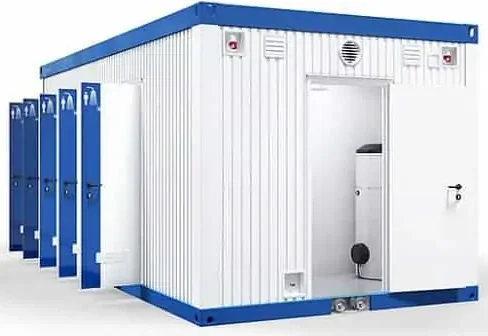

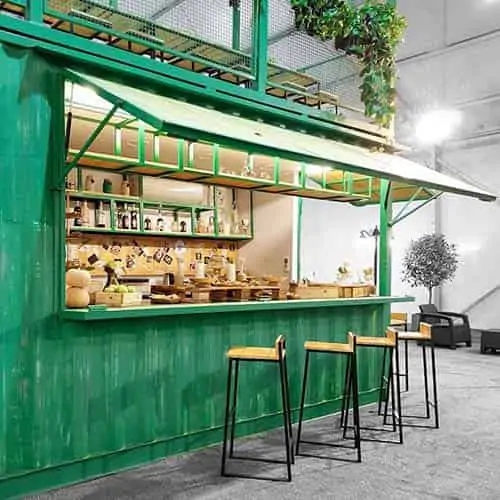

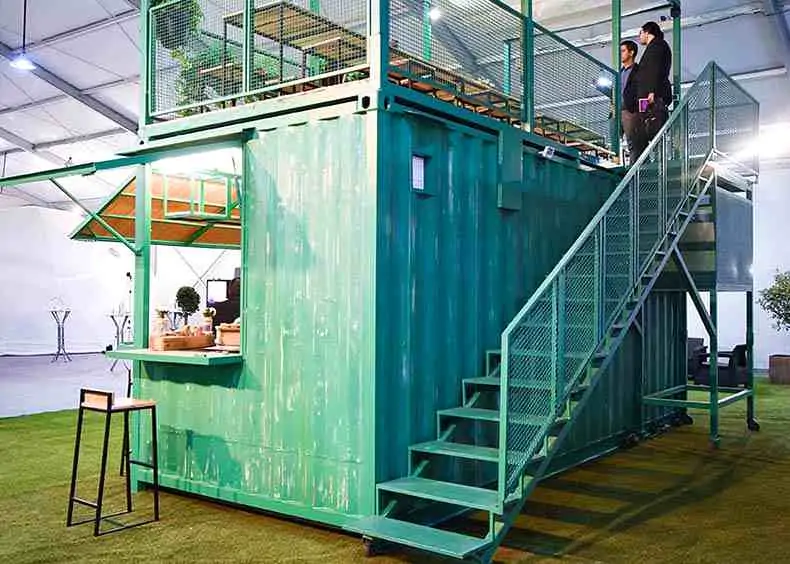
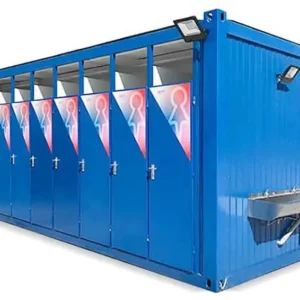
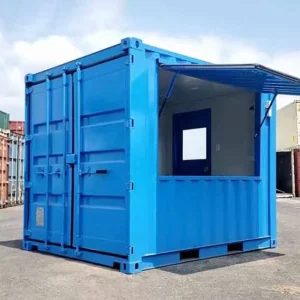

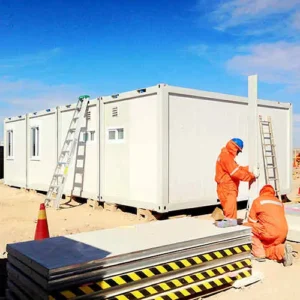
Reviews
There are no reviews yet.